What's the correct length of stick for my Athlete?
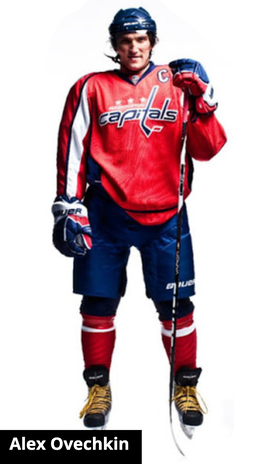
What's the correct length of stick for my Athlete?
I get asked a lot by parents what's the correct length of stick for my Athlete?
While stick length is a preference a few rules should apply. As a general rule of thumb longer sticks are usually used by Defenseman, they are helpful when getting the stick on the puck to eliminate scoring chances. They are also helpful when battling for puck possession in the corners.
Shorter sticks are used generally by playmakers, you will see players who have shorter sticks have quicker hands and puck control a bit more than others.
I get asked a lot by parents what's the correct length of stick for my Athlete?
While stick length is a preference a few rules should apply. As a general rule of thumb longer sticks are usually used by Defenseman, they are helpful when getting the stick on the puck to eliminate scoring chances. They are also helpful when battling for puck possession in the corners.
Shorter sticks are used generally by playmakers, you will see players who have shorter sticks have quicker hands and puck control a bit more than others.
The Consensus
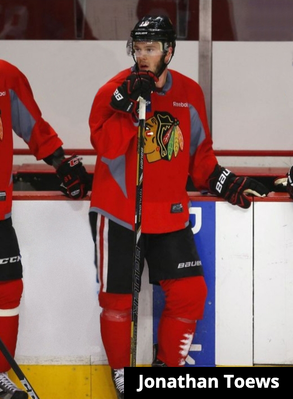
The consensus I think is while your Athlete is on their skates the stick should rest between the bottom of their chin to the tip of their nose. This allows about 3 inches of discrepancy and gives them the flexibility to figure where their comfort level is.
The biggest mistake made and one that I see often is parents who are trying to do the right thing, they buy an expensive stick and after spending a lot of hard-earned money on that stick, do not cut it or size it properly therefore not at all allowing the stick to serve its purpose because their afraid their Athletes will outgrow it too soon.
While that is completely understandable, it truly does them a disservice because a stick that is too long affects many skill sets they are working on, the biggest impact it has though is on their skating. You see, the longer the stick the less bend you need in your knees.
The biggest mistake made and one that I see often is parents who are trying to do the right thing, they buy an expensive stick and after spending a lot of hard-earned money on that stick, do not cut it or size it properly therefore not at all allowing the stick to serve its purpose because their afraid their Athletes will outgrow it too soon.
While that is completely understandable, it truly does them a disservice because a stick that is too long affects many skill sets they are working on, the biggest impact it has though is on their skating. You see, the longer the stick the less bend you need in your knees.
Please measure and cut your Athletes stick accordingly.
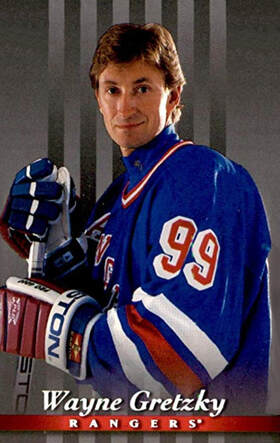
Year after year little Jenny or Johnny is brought to me with the same complaint, the parents say they don't bend their knees when they skate. That is indeed the truth but one of the reasons is because bending your knees is tiring, it's taxing on your body, you must build the necessary muscles to be able to stay in hockey stride for any length of time. We do not help them whatsoever by allowing their sticks to be long (eye height or above). With a longer stick, there is no need to bend their knees or practice their skating stride as much, it allows them to straighten up while on the ice and this goes against everything we teach at our camps.
Therefore I'm asking you, parents of Pro Edge 2020, please measure and cut your Athletes stick accordingly.
You have presented them with a wonderful opportunity to improve, please don't handcuff them by leaving their sticks to long. Most hockey shops sell plugs, these are used in the situation that you over cut their stick and need to add 4, 6. 8 inches, they are inexpensive but do a Wonderful job in elongating the life of a stick.
Skate Toward Your Dreams.
As always if you have any questions comments or concerns please feel free to contact me at your convenience.
Coach Vaughan Rody
Therefore I'm asking you, parents of Pro Edge 2020, please measure and cut your Athletes stick accordingly.
You have presented them with a wonderful opportunity to improve, please don't handcuff them by leaving their sticks to long. Most hockey shops sell plugs, these are used in the situation that you over cut their stick and need to add 4, 6. 8 inches, they are inexpensive but do a Wonderful job in elongating the life of a stick.
Skate Toward Your Dreams.
As always if you have any questions comments or concerns please feel free to contact me at your convenience.
Coach Vaughan Rody

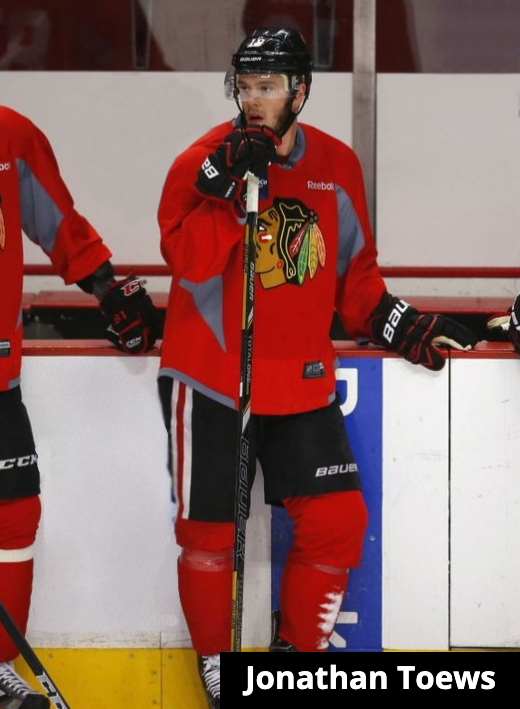
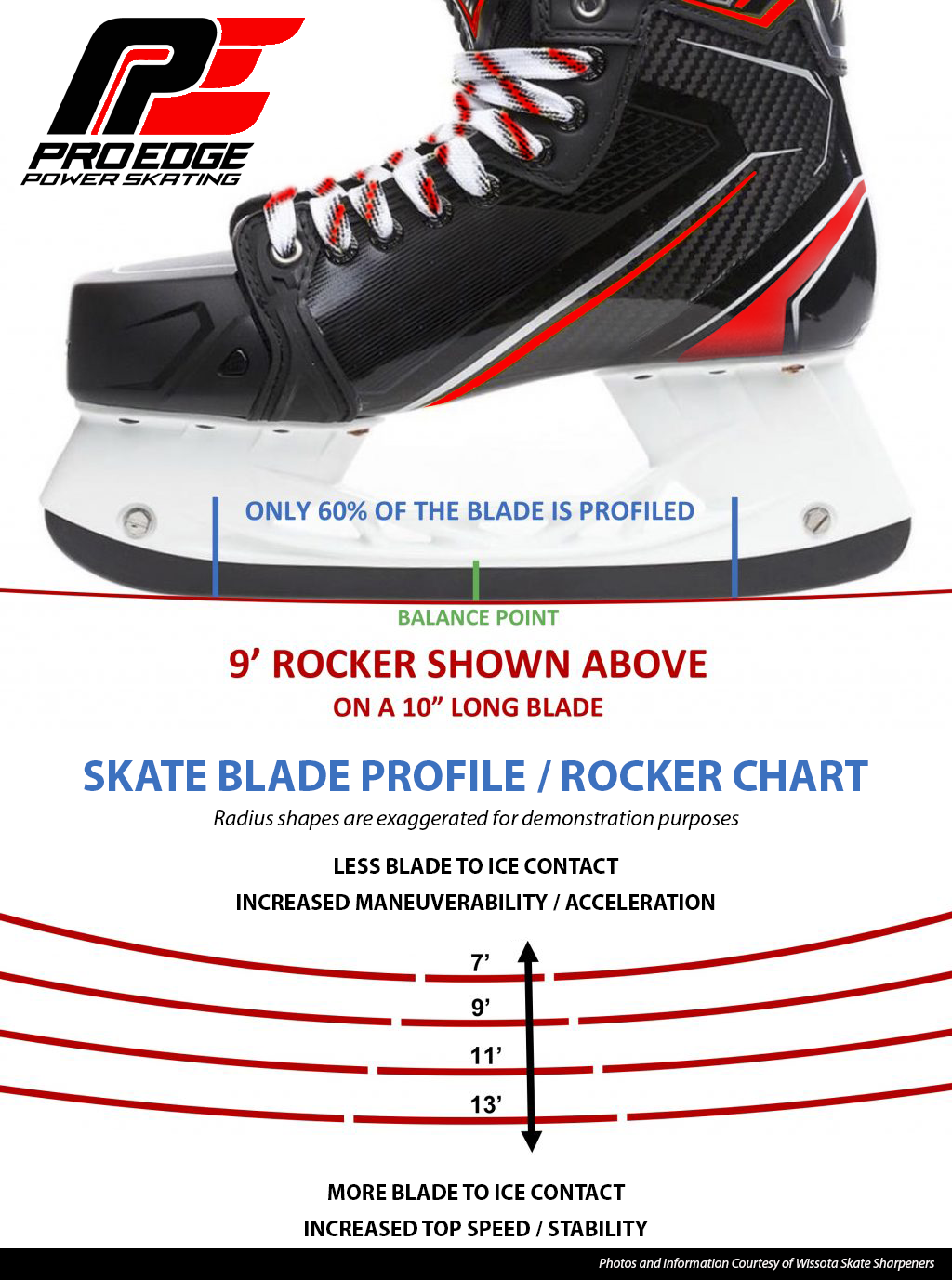

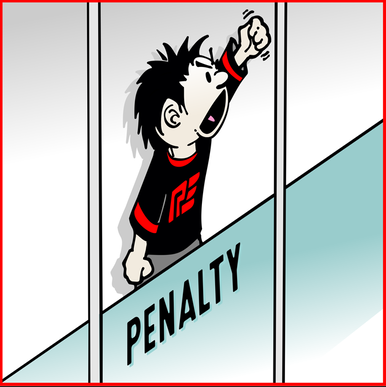
 RSS Feed
RSS Feed
